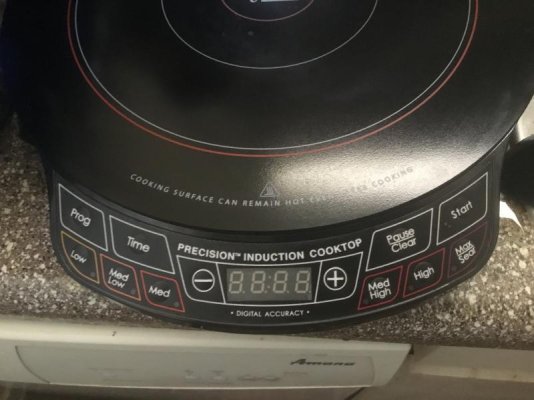I bought an induction cooker (NuWave) about a year ago. For reasons I need not go into, I just started using it last night; I made my Japanese fried chicken. It did very well. I also boiled water for macaroni very quickly.
I’m now (yes, right now) trying to heat oil in a CI enameled Dutch oven to fry my Dolly breasts, and it’s taking FOREVER to get to 360°! Any clue as to why?
I’m now (yes, right now) trying to heat oil in a CI enameled Dutch oven to fry my Dolly breasts, and it’s taking FOREVER to get to 360°! Any clue as to why?

